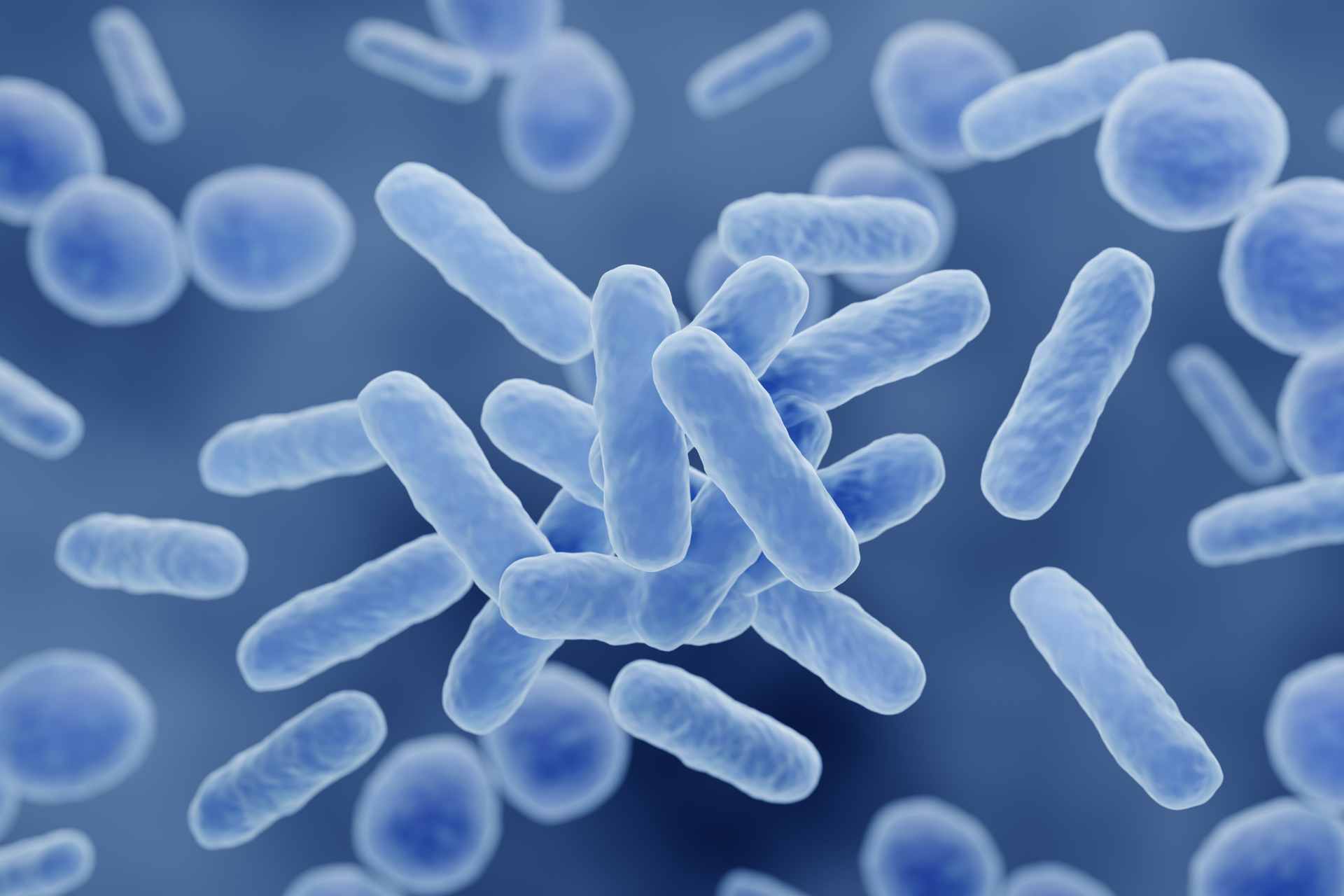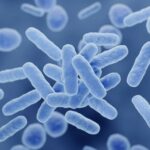The composition of the gut microbiota is closely linked to human health, with imbalances associated with conditions ranging from diarrhea and irritable bowel syndrome to obesity, allergies, and even behavioral and metabolic disorders. Among the most beneficial microbes are Bifidobacterium species, known for producing short-chain fatty acids (SCFAs) and supporting gut barrier function, immune modulation, and metabolic health.
While probiotics and prebiotics have long been used to support gut balance, postbiotics—non-viable microbial preparations and their metabolites—are gaining recognition for their safety and efficacy, especially in vulnerable individuals. Lactobacillus LB, a heat-treated fermentate derived from two specific Lactobacillaceae strains, has previously shown promising effects in preclinical models.
Warda and colleagues conducted a study published in Applied and Environmental Microbiology Journal to investigate whether Lactobacillus LB could safely and effectively stimulate the growth of bifidobacteria in a human fecal fermentation model.
The research conducted at APC Microbiome Ireland, University College Cork, in Ireland, and supported by DSM-Firmenich, revealed that Lactobacillus LB can stimulate the growth of bifidobacteria in human fermented fecal communities and in pure culture.
Microbiological changes in the presence of Lactobacillus LB during 24h of fecal fermentation in an in vitro distal colon model
Using a distal colon fermentation model inoculated with human fecal microbiota, researchers investigated the effects of Lactobacillus LB compared to water, lactose, and lactic acid. Over 24 hours, the Lactobacillus LB vessel showed the most pronounced microbiota shifts, with a notable increase in the relative abundance of Bifidobacterium, including B. longum, not seen to the same extent in the control vessels.
Lactobacillus LB increases the absolute number of bifidobacteria in human fermented fecal communities
At the beginning of the fermentation, all vessels had similar levels of bifidobacteria and total bacterial load. However, after 24 hours, the Lactobacillus LB vessel showed a significant increase in Bifidobacterium, greater than that seen in any other group. Importantly, these increases occurred without altering the total bacterial load, suggesting that Lactobacillus LB specifically stimulates the growth of bifidobacteria rather than general microbial proliferation.
Metabolite changes in human fermented fecal communities in the presence of Lactobacillus LB
Fermentation in the presence of Lactobacillus LB led to a marked increase in metabolic activity within the fecal microbial community. To elucidate the nature of compounds present in the vessels before and after fermentation, metabolomics analysis was performed. Researchers found that Lactobacillus LB supplementation altered the metabolic profile more than the controls; water, lactic acid, or lactose, both at the start and after 24 hours of fermentation.
Specifically, levels of acetic acid and formic acid were significantly higher in Lactobacillus LB vessels than all other vessels, as well as succinic acid and lactic acid levels. Most amino acids declined during fermentation, while levels of various bioactive metabolites increased, suggesting that Lactobacillus LB promotes a distinct and active metabolic environment.
Effect of Lactobacillus LB and Lactobacillus LB fractions on the growth of bifidobacteria
To further confirm the bifidogenic effect of Lactobacillus LB, the researchers tested it in pure culture assays using Bifidobacterium longum as a model. Lactobacillus LB was effective in promoting bifidobacterial growth and the growth-stimulatory effect was dose-dependent. Importantly, this activity was not altered by enzymatic and heat treatments used to inactivate enzymes, indicating that the active components are highly stable.
Effect of commercial probiotic preparations on bifidobacterial growth in a simple model
Finally, the scientists tested the effects of several commercial probiotic preparations on bifidobacterial growth and found limited or no effect on it. After 24 hours of incubation, only Saccharomyces boulardii CNCM I-745significantly stimulated bifidobacterial proliferation, reaching levels comparable to the low-lactose Lactobacillus LB preparation. In contrast, Lacticaseibacillus rhamnosus GG strain completely inhibited bifidobacterial recovery, while Bacillus clausii and Limosilactobacillus reuteri DSM 17938had no measurable impact, with results similar to the water control. Notably, the number of the microorganisms originating from the commercial products remained unchanged over the 24 hours, indicating that the observed effects were not due to overgrowth or competition. These data suggest that not all probiotics support bifidobacterial growth, highlighting the specificity and superior efficacy of Lactobacillus LB as a bifidogenic postbiotic.
In conclusion, the present study highlights the unique bifidogenic potential of Lactobacillus LB postbiotic which selectively stimulated the growth of beneficial bifidobacteria and altered microbial metabolism in human fecal fermentation models without relying on live bacterial activity. Its effects were both strain-specific and metabolically active, supporting the growing role of postbiotics as safe, stable, and effective strategy for modulating the gut microbiota and contributing to the growing recognition of postbiotics as a next-generation tool in microbiome-targeted therapy.
















